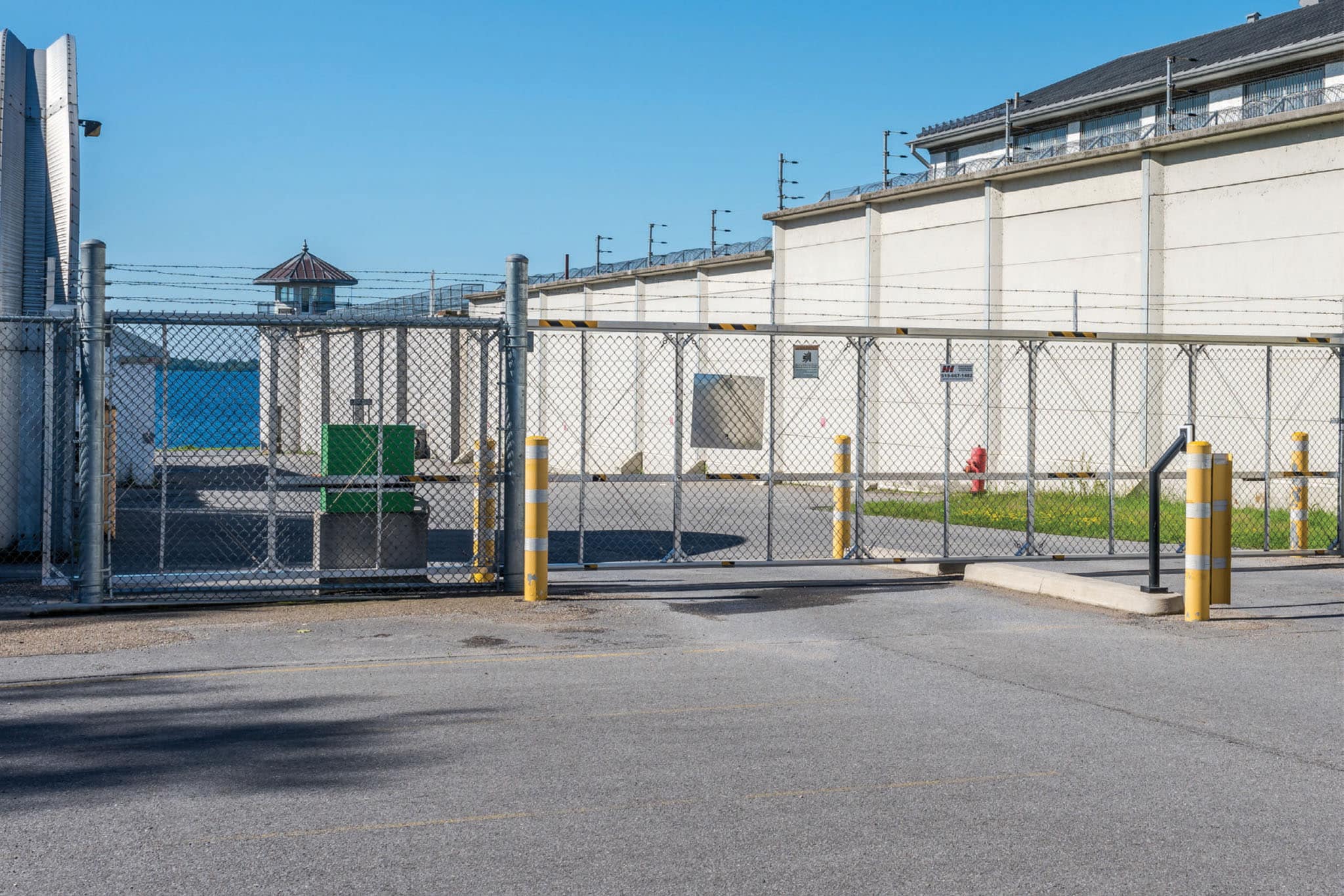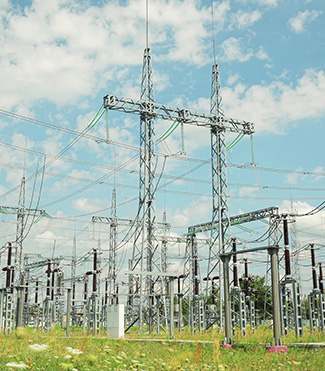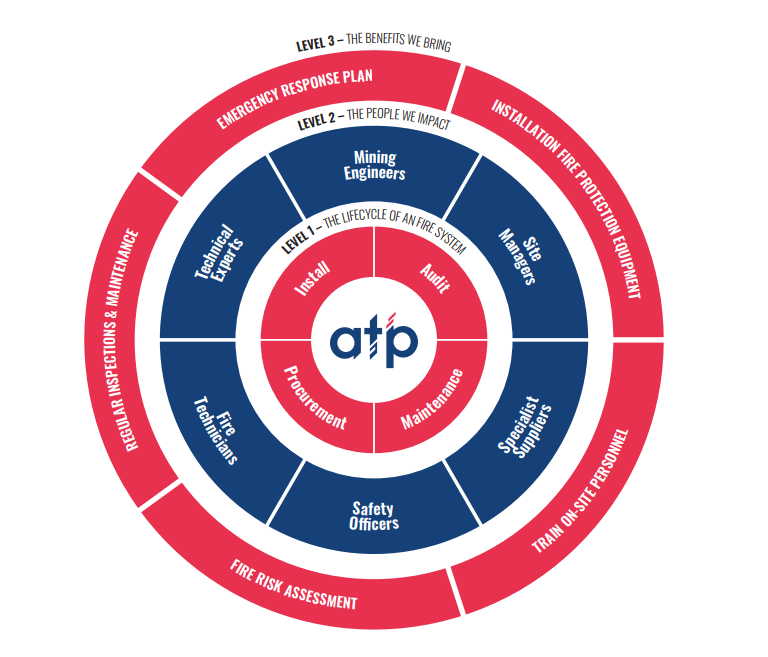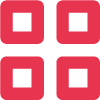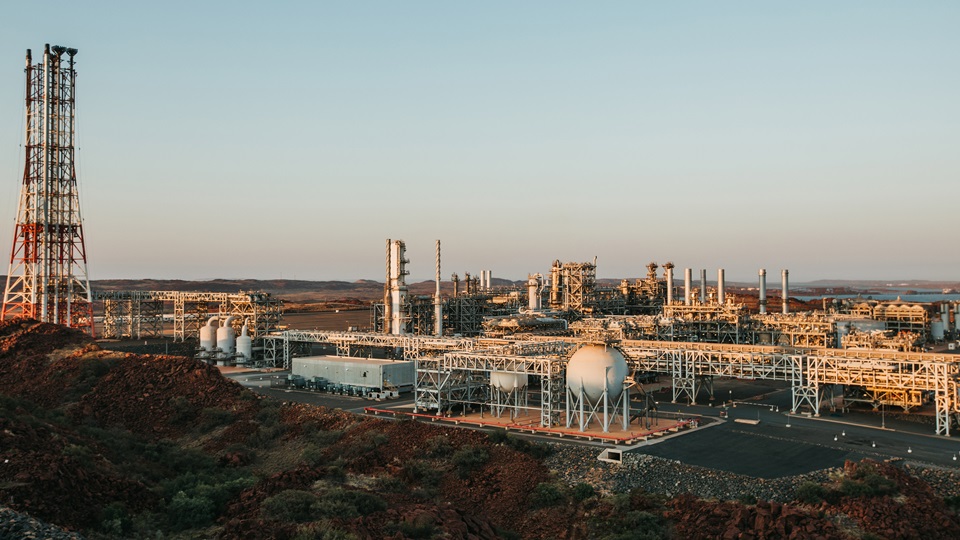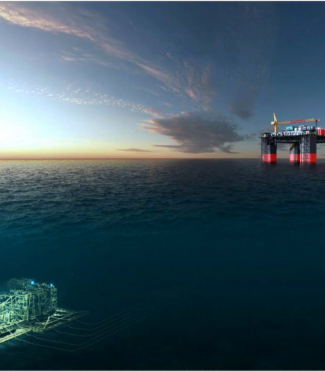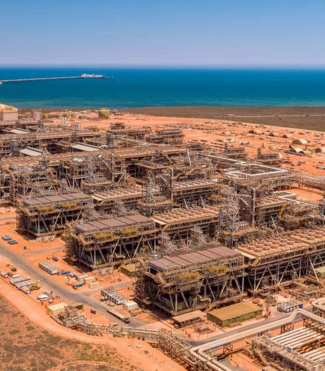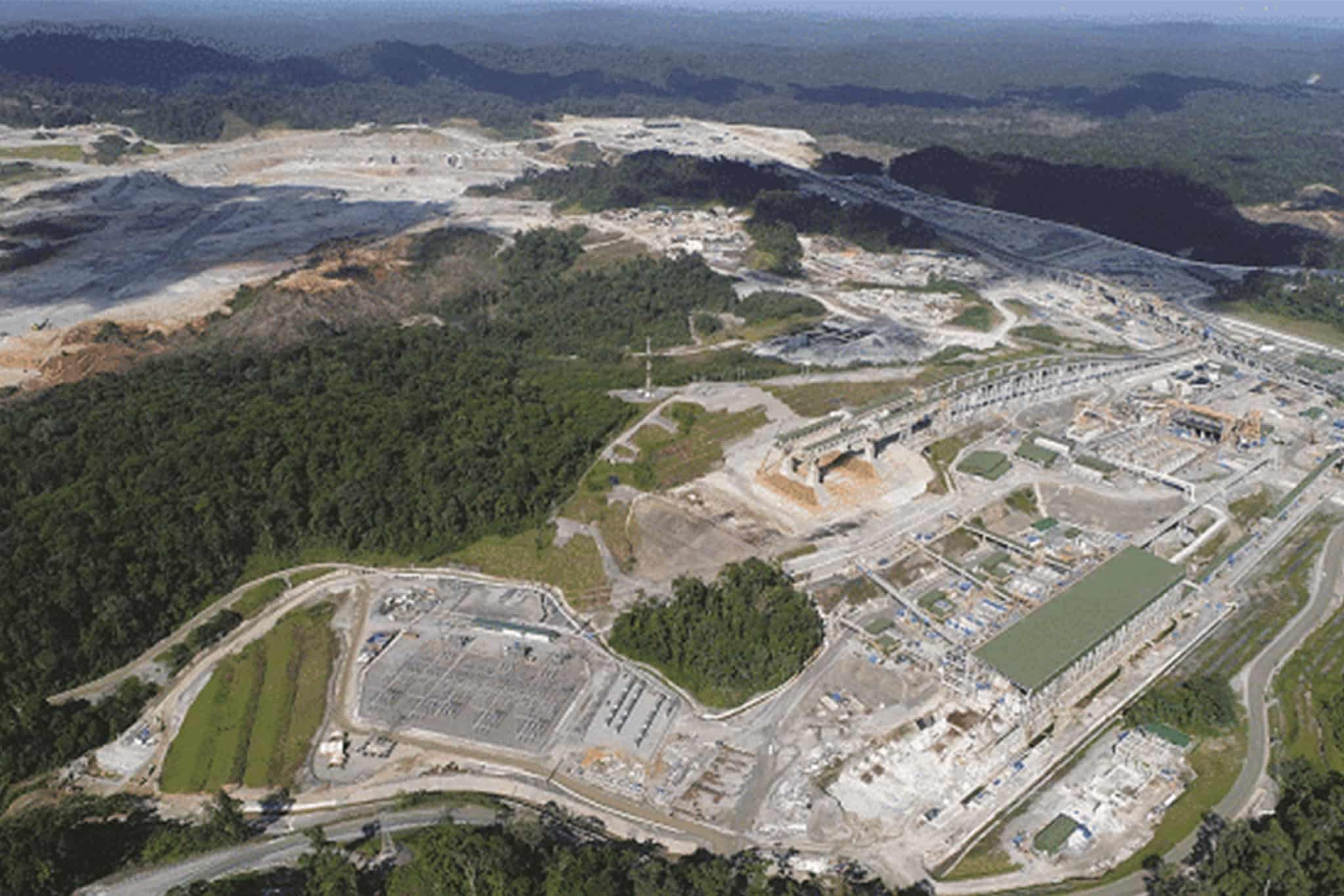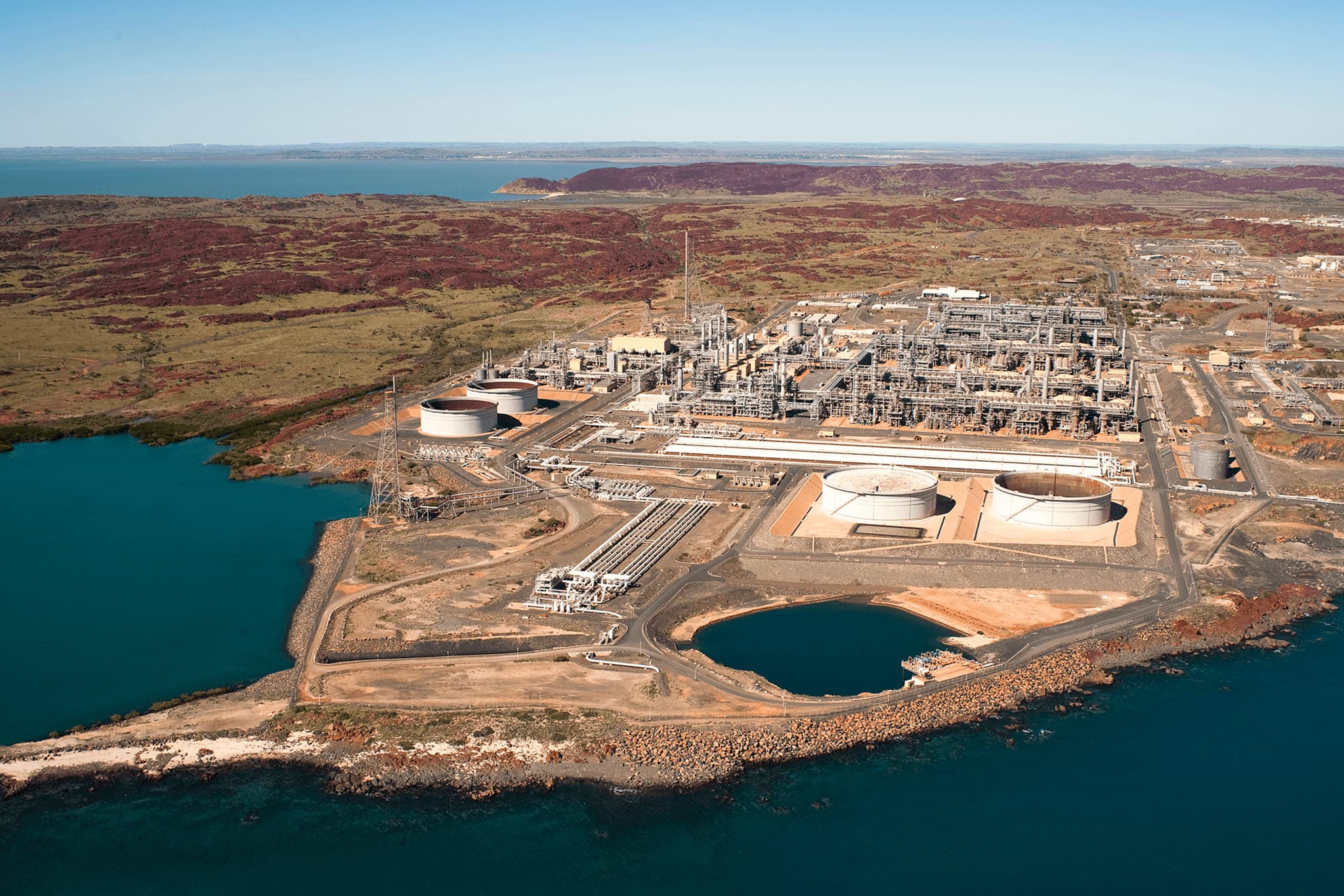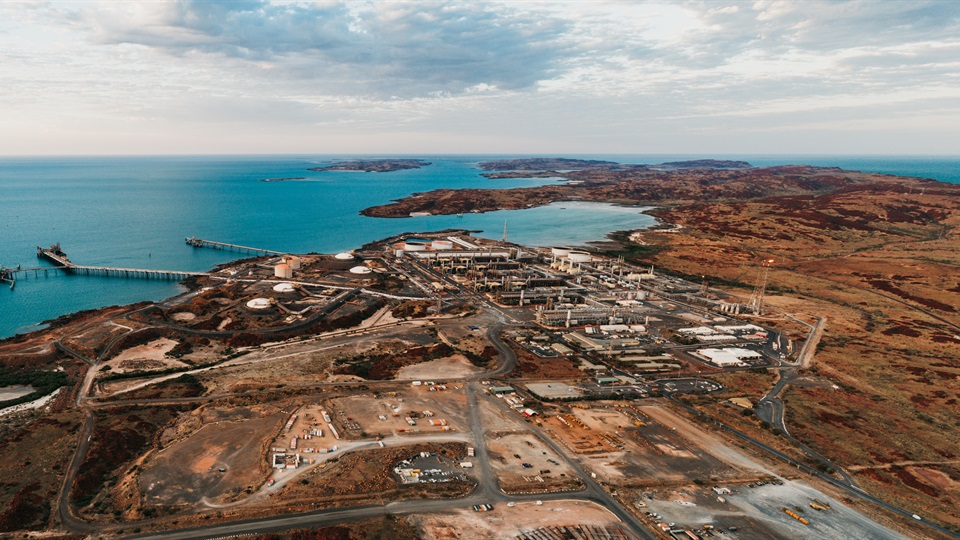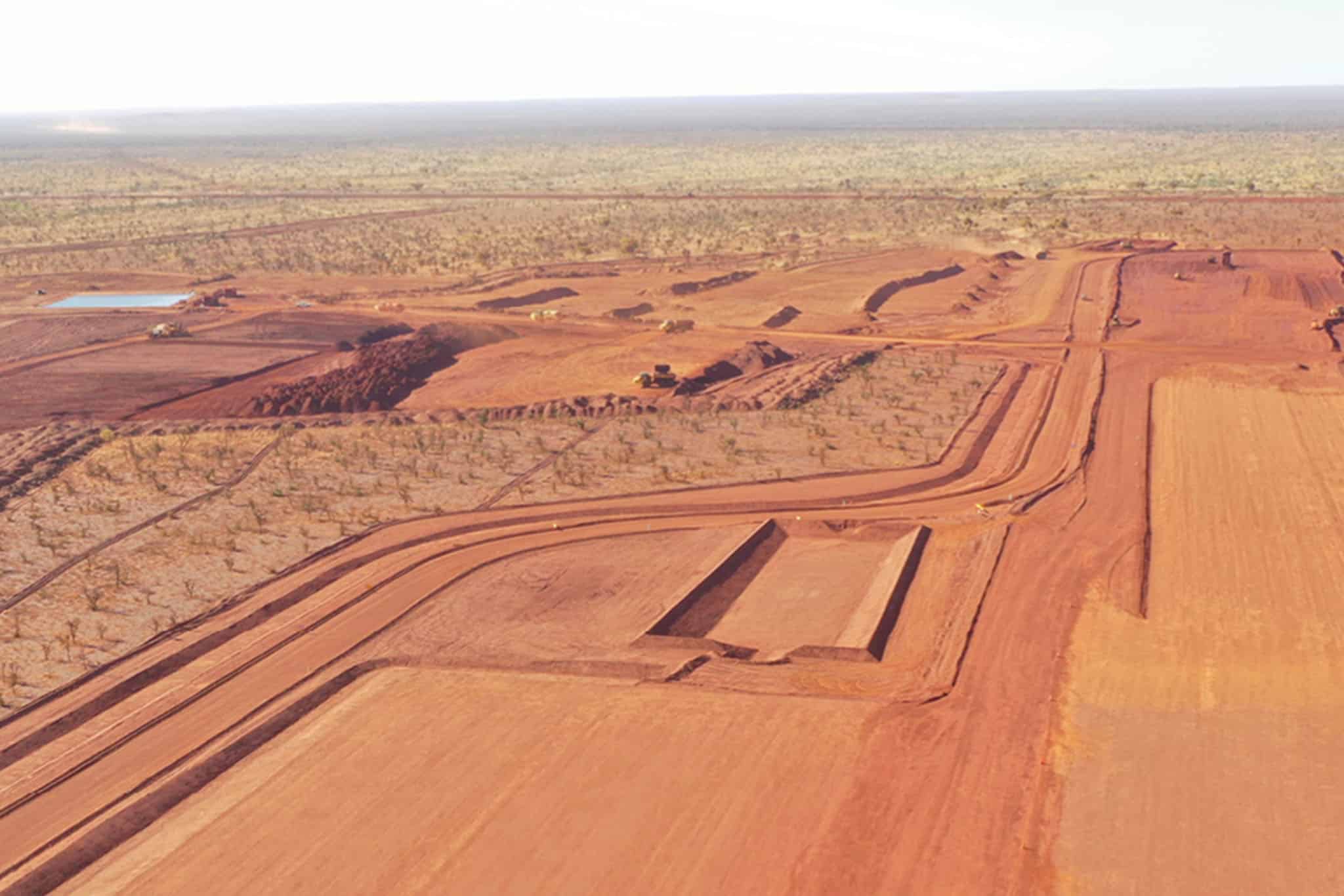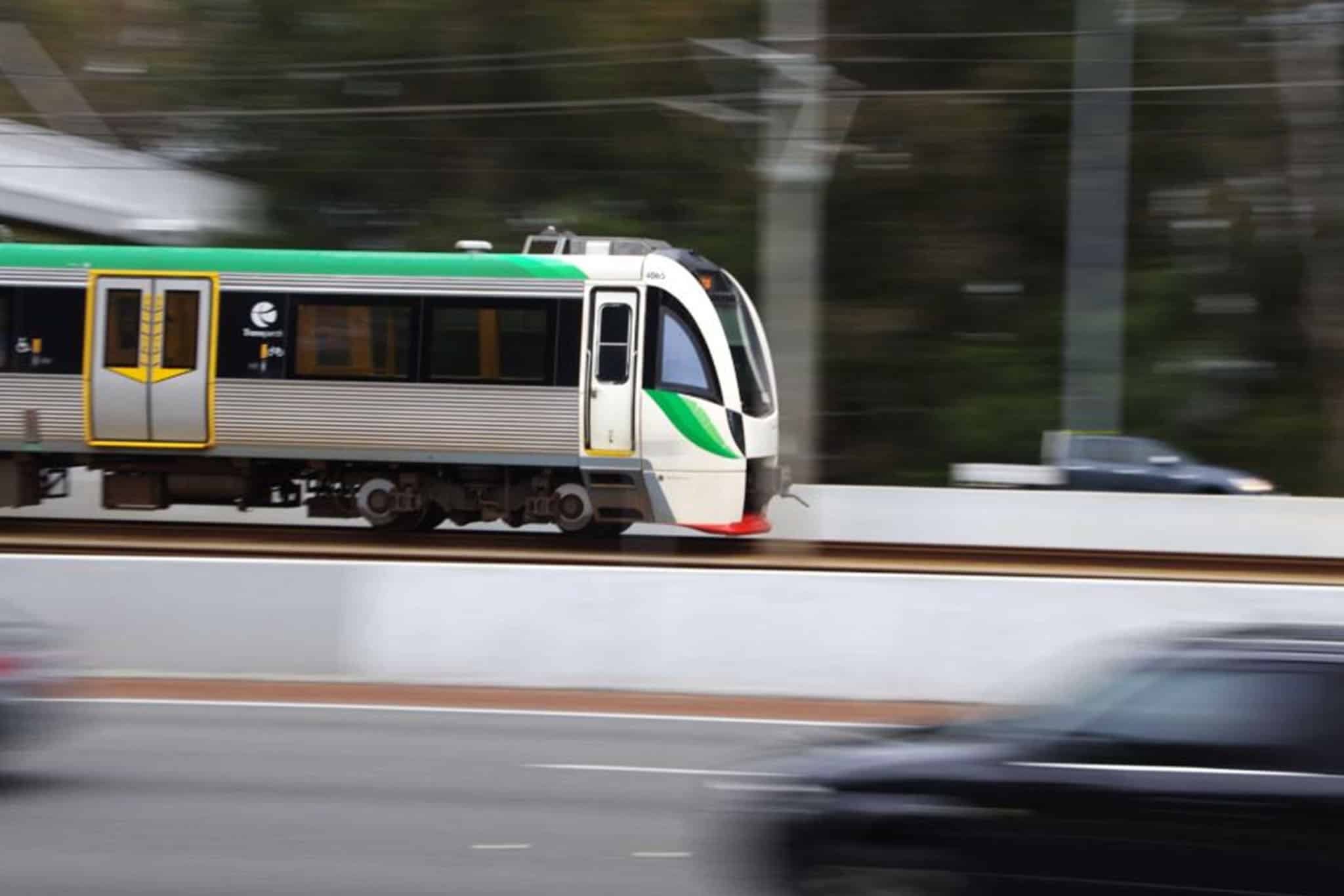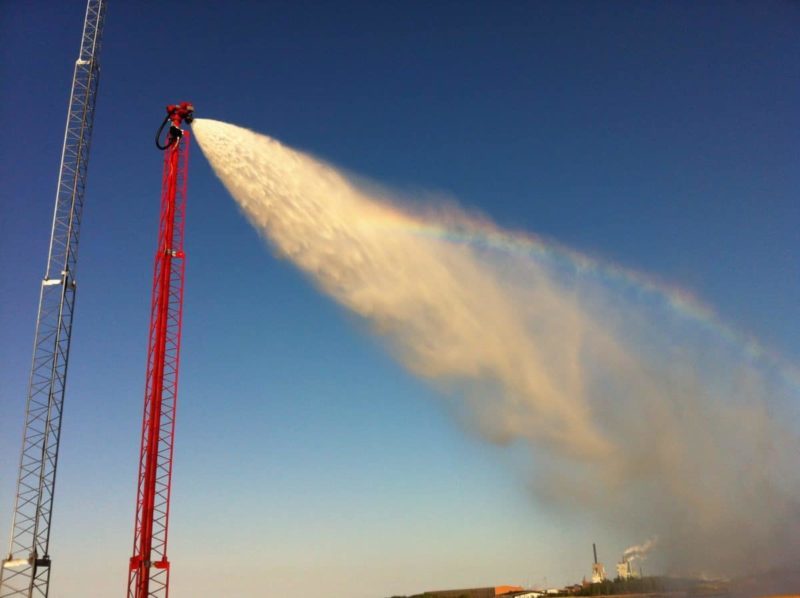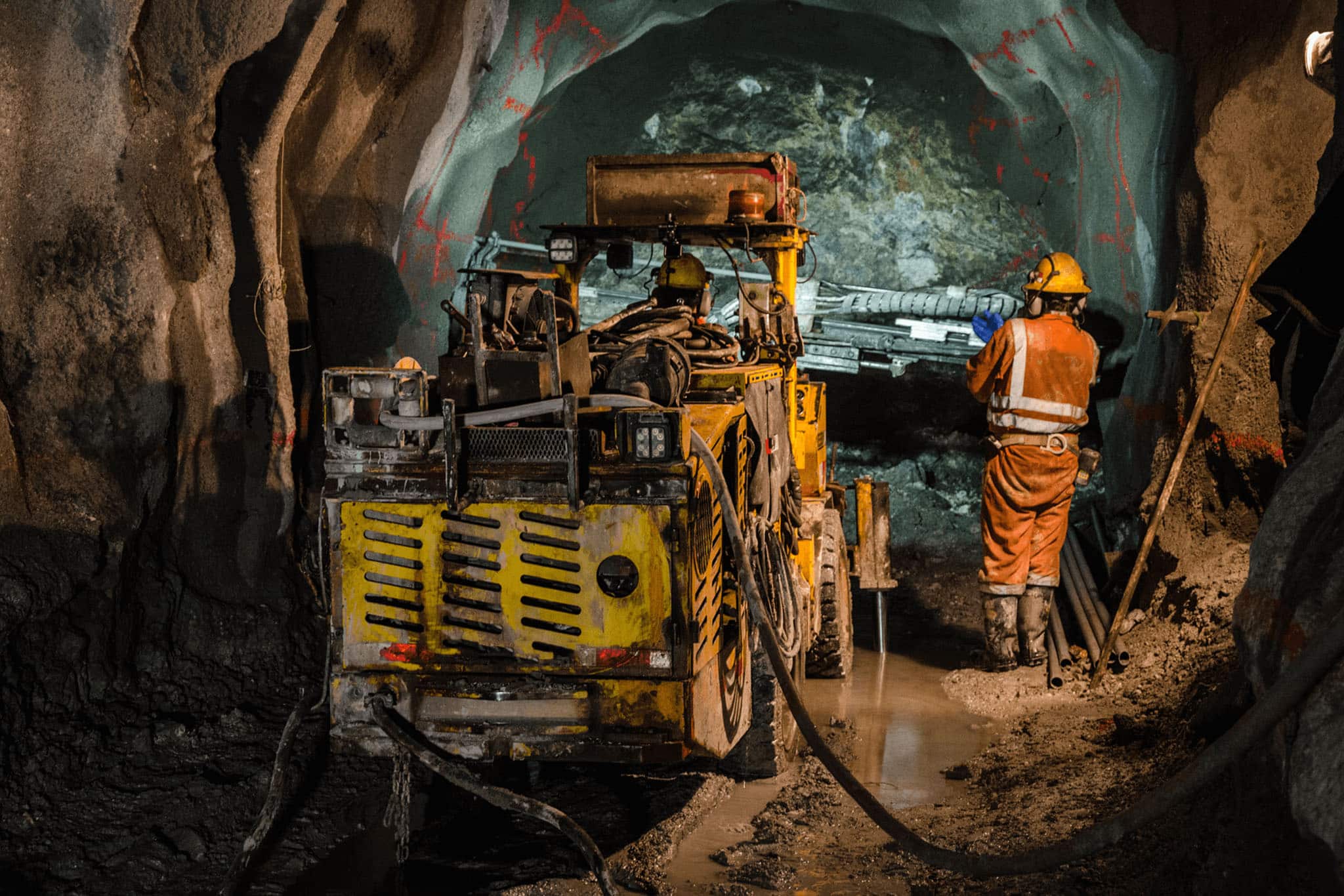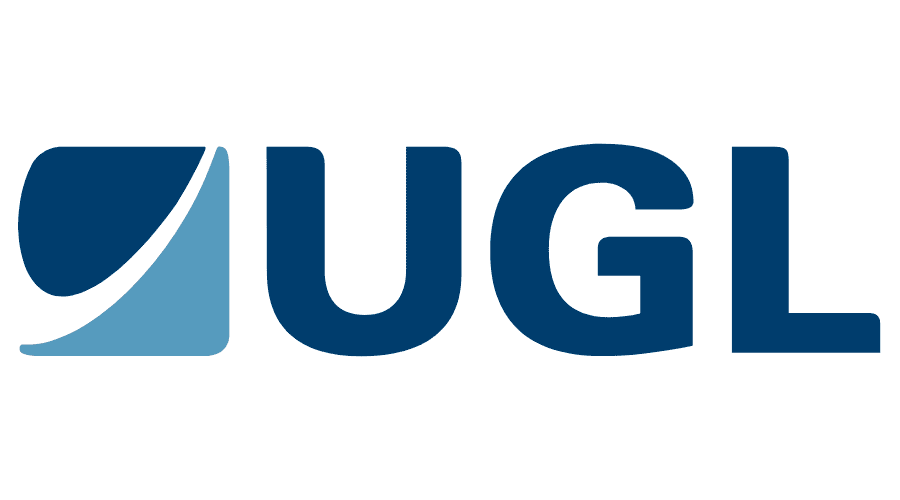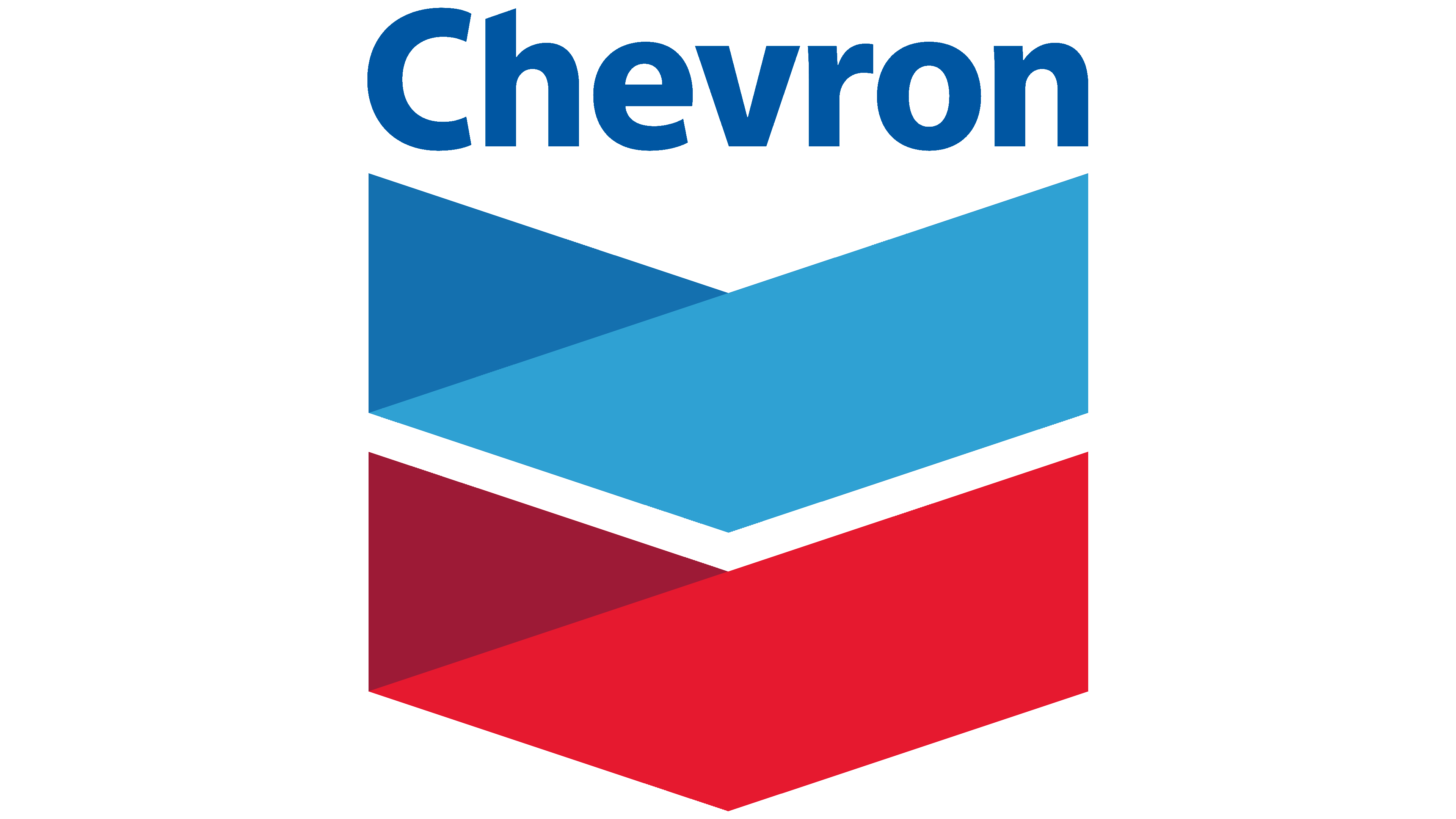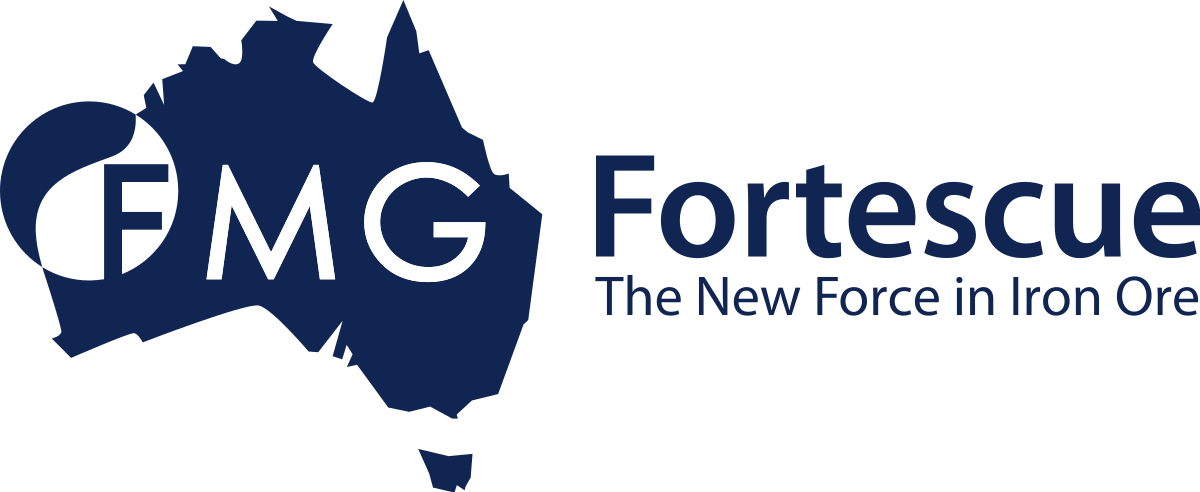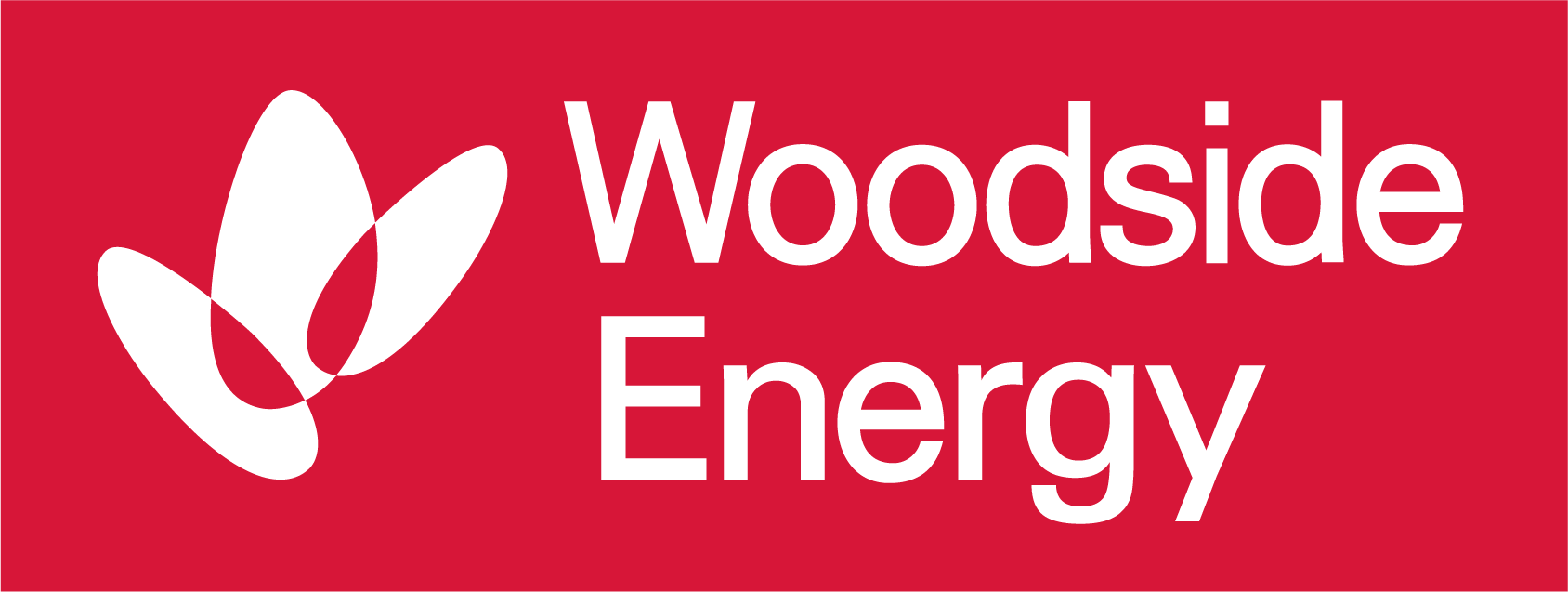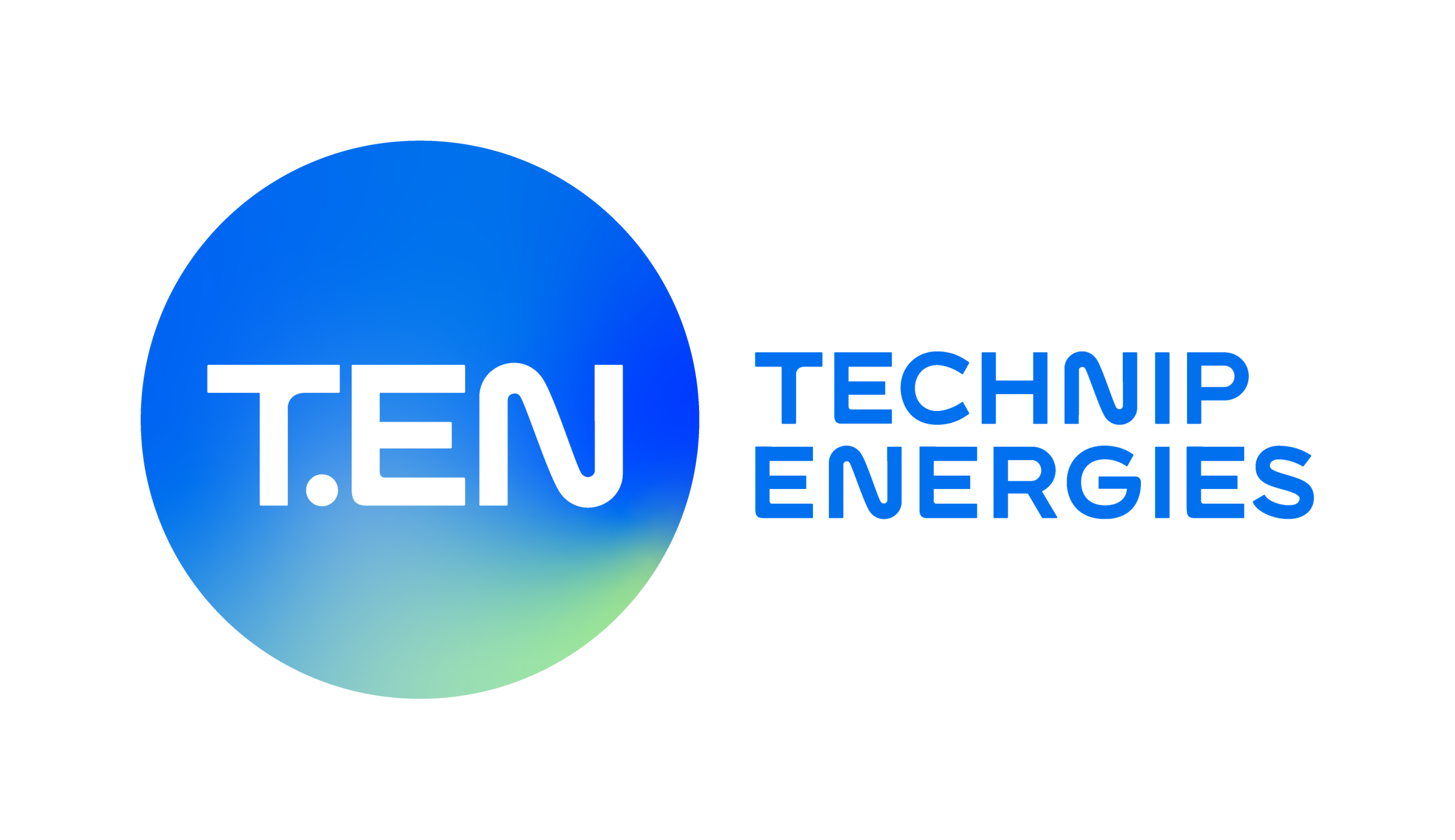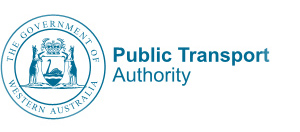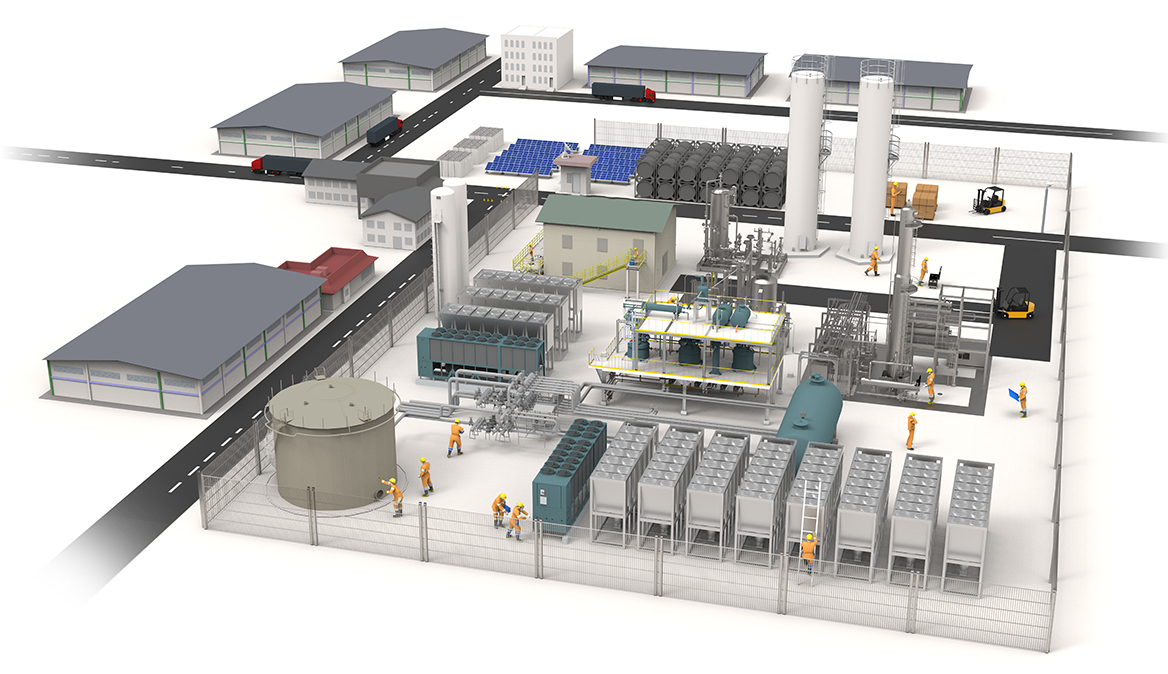
Aspirated Smoke Detection (ASD) System
ASD detectors offer early fire hazard alerts, ensuring timely intervention, meeting standards in diverse environments.
View MoreGas Detector
Receive alerts on local gas leaks, enabling timely evacuation and coordinated emergency response in critical areas.
View MoreFlame Detector
Rapidly detects flames in settings with delayed smoke, triggers alarms, deactivates fuel, and initiates suppression
View MoreFire Detection System
An integrated system of sensors and interconnected monitors used across a multi-faceted site, like commercial hubs and hotels.
View MoreLithium Off Gas Detection System
Acts as early-warning guardians against lithium-ion battery failures, monitoring off-gas events.
View MoreThermal Probes
Assess temperature by tracking resistance changes in solids, liquids, or gases, adapting flexibly. Custom versions offer precise tailored measurements.
View MoreLinear Heat Detection (LHD) System
LHD employs a heat-sensitive cable to detect temperature changes for early fire detection in challenging settings.
View MoreVideo Based Fire Detection
Enhanced by AI, video-based fire detection in IP cameras swiftly spots flames, outperforming traditional methods.
View MoreFoam Suppression System
Rapidly halt large fires using water-based foam, quelling flames, vapours, and preventing rekindling.
View MoreGaseous Suppression System
Rapidly halt extensive fires using gases to extinguish fires in high value environments where other more common extinguishing agents would not be effective or cause damage.
View MoreWet Fire System
A wet fire sprinkler system maintains pressurised water, activated by temperature change, dousing fires effectively.
View More
Asset/ Personnel Tracking Tag
Extronics RTLS optimises safety, efficiency via real-time asset tracking, fall detection, and seamless integration.
View MoreIS Passive UHF RFID Tags
Intrinsically safe, passive UHF RFID tags for hazardous and harsh industrial environments.
View MoreHazardous Area Barcode Scanners
Increase efficiency, productivity, and accuracy to improve your asset tracking, inventory management, and regulatory compliance.
View MoreAlarm Signaling Equipment (ASE)
Seamlessly syncing with smoke, heat detectors, and Fire Interface Panels, it ensures alarm messages navigate swiftly to the response centre.
View MoreIoT Sensors
Cost-effective IoT devices connect remote areas, utilising a 95% global coverage network for safety and efficiency.
View MoreIWAP
Certified wireless solutions for hazardous areas, integrating various technologies seamlessly
View MoreAntenna
Extronics' iANT2xx antennas excel outdoors, supporting various frequencies with IP66 protection and UV resistance.
View MoreRF Galvanic Isolator
Extronics iSOLATE501, is the next-gen tech with ultra-wide bandwidth and intrinsically safe RF outputs.
View More
CCTV
Real-time recording to guard against theft and damage, securing your business, employees, and clients.
View MoreAccess Control Personnel Tag Reader
Boost security with advanced access control, safeguarding premises, data, and people through user-friendly monitoring.
View More
Supply / Procurement
ATP can supply or procure all of the product required for large scale projects to small scale rectification works.
View MoreInstallation/ Installation Supervision
Reliable installation by trusted subcontractors, for seamless operation.
View MoreRoom Integrity Testing (RIT)
The RIT test measures the integrity of the room to ensure the suppressant does not dissipate too quickly before being able to extinguish the fire.
View MoreRental Equipment
Top-tier, industry specific tooling and equipment available for project hire.
View More


